How Take Pictures Nd Filter?
In the age of social media and digital photography, taking pictures and applying filters has become an essential skill for many. Whether you're a professional photographer or an amateur enthusiast, understanding how to capture the perfect shot and enhance it with filters can significantly improve the quality of your images. This article will guide you through the process of taking pictures and applying filters, offering practical tips and techniques to help you achieve stunning results.

Understanding the Basics of Photography
Before diving into the world of filters, it's crucial to understand the basics of photography. Here are some fundamental concepts to keep in mind:
1. Lighting: Good lighting is the cornerstone of great photography. Natural light is often the best option, but you can also use artificial lighting to create the desired effect. Pay attention to the direction, intensity, and color of the light.
2. Composition: Composition refers to the arrangement of elements within a photo. The rule of thirds is a popular guideline that suggests dividing the frame into nine equal parts and placing the subject along these lines or their intersections.
3. Focus: Ensuring your subject is in sharp focus is essential. Use the autofocus feature on your camera or smartphone, or manually adjust the focus to achieve the desired effect.
4. Exposure: Exposure determines how light or dark an image appears. It is controlled by three settings: aperture, shutter speed, and ISO. Balancing these settings will help you capture well-exposed photos.
Taking the Perfect Picture
Now that you understand the basics, let's discuss some practical tips for taking great pictures:
1. Choose the Right Equipment: While smartphones have come a long way in terms of camera quality, a dedicated camera can offer more control and better image quality. Choose the equipment that best suits your needs and budget.
2. Find the Right Angle: Experiment with different angles to find the most flattering perspective for your subject. Don't be afraid to get low, high, or move around to find the best shot.
3. Use a Tripod: A tripod can help stabilize your camera, reducing the risk of blurry images. This is especially useful in low-light conditions or when using a slow shutter speed.
4. Take Multiple Shots: Don't settle for just one photo. Take multiple shots from different angles and with varying settings to increase your chances of capturing the perfect image.
5. Pay Attention to the Background: A cluttered or distracting background can take away from your subject. Look for clean, simple backgrounds that complement your subject without overpowering it.
Applying Filters to Enhance Your Photos
Once you've captured your photos, the next step is to enhance them using filters. Filters can dramatically change the look and feel of an image, adding mood, style, and personality. Here are some tips for applying filters effectively:
1. Choose the Right App: There are numerous photo editing apps available, each offering a variety of filters and editing tools. Some popular options include Adobe Lightroom, VSCO, Snapseed, and Instagram. Choose an app that offers the features you need and is easy to use.
2. Understand the Filter Options: Filters can range from subtle adjustments to dramatic transformations. Familiarize yourself with the different filter options available in your chosen app and experiment with them to see how they affect your photos.
3. Adjust the Intensity: Most photo editing apps allow you to adjust the intensity of a filter. Start with a lower intensity and gradually increase it until you achieve the desired effect. Avoid overusing filters, as this can make your photos look unnatural.
4. Combine Filters and Adjustments: In addition to filters, many apps offer other editing tools such as brightness, contrast, saturation, and sharpness adjustments. Use these tools in conjunction with filters to fine-tune your photos and achieve the perfect look.
5. Create a Consistent Style: If you're editing photos for a social media profile or portfolio, aim for a consistent style across your images. This can help create a cohesive and professional look. Choose a few favorite filters and use them consistently to maintain a uniform aesthetic.
Practical Examples of Filter Application
To give you a better understanding of how filters can enhance your photos, let's look at some practical examples:
1. Portraits: For portrait photography, use filters that enhance skin tones and add warmth. Filters like "Soft" or "Warm" can create a flattering and inviting look. Adjust the intensity to ensure the effect is subtle and natural.
2. Landscapes: Landscape photos can benefit from filters that enhance colors and add depth. Filters like "Vivid" or "HDR" can make the colors pop and bring out the details in the scene. Be mindful of the overall balance and avoid over-saturating the image.
3. Black and White: Converting a photo to black and white can add a timeless and classic feel. Use filters that emphasize contrast and texture, such as "Mono" or "Noir." Adjust the brightness and contrast to achieve a balanced and striking black-and-white image.
4. Vintage: Vintage filters can add a nostalgic and retro vibe to your photos. Look for filters that mimic the look of old film, such as "Sepia" or "Retro." These filters often add a warm tint and subtle grain to the image, creating a vintage feel.
5. Urban and Street Photography: For urban and street photography, use filters that enhance the mood and atmosphere of the scene. Filters like "Cool" or "Moody" can add a dramatic and edgy look. Play with shadows and highlights to create a dynamic and engaging image.
Tips for Developing Your Photography and Editing Skills
Improving your photography and editing skills takes time and practice. Here are some tips to help you along the way:
1. Study the Work of Others: Look at the work of professional photographers and photo editors for inspiration. Analyze their techniques and try to understand what makes their photos stand out.
2. Practice Regularly: The more you practice, the better you'll become. Take photos regularly and experiment with different settings, angles, and filters. Don't be afraid to make mistakes and learn from them.
3. Seek Feedback: Share your photos with friends, family, or online communities and ask for feedback. Constructive criticism can help you identify areas for improvement and refine your skills.
4. Take Online Courses: There are many online courses and tutorials available that can help you improve your photography and editing skills. Look for courses that cover the topics you're interested in and invest time in learning from experts.
5. Stay Updated with Trends: Photography and editing trends are constantly evolving. Stay updated with the latest trends and techniques by following photography blogs, social media accounts, and industry news.
Taking pictures and applying filters is an art that combines technical skills with creativity. By understanding the basics of photography, experimenting with different techniques, and using filters effectively, you can create stunning images that capture the essence of your subject. Remember to practice regularly, seek feedback, and stay updated with the latest trends to continuously improve your skills. With dedication and passion, you'll be able to take your photography to the next level and create images that leave a lasting impression.





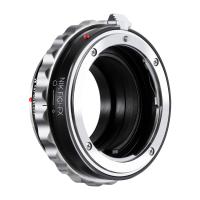



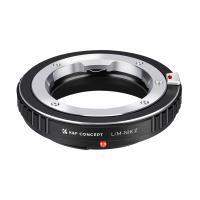



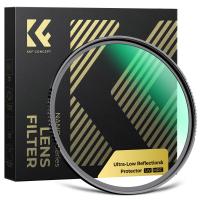
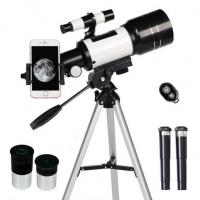







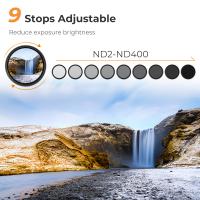







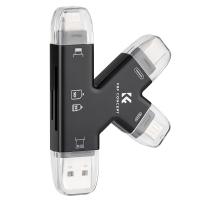
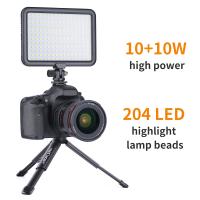

There are no comments for this blog.